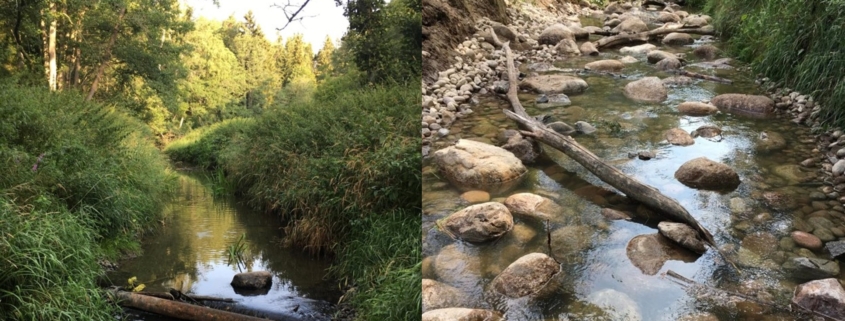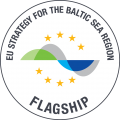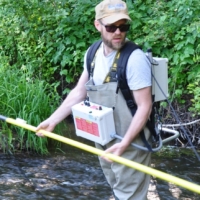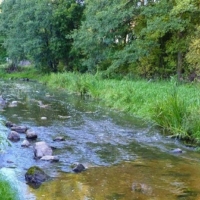This report is based on the findings in all restoration related activities in the Retrout project. The conclusions from the study of successful and failed restoration projects form the basis of the best practice recommendations for river restoration activities. The demonstration cases added additional information. In short, the recommendations are:
- A successful restoration project is recommended to thoroughly follow order, tasks and duties of the sequential 5 phases of the restoration project process (1: Initiation, 2: Preliminary survey, 3: Project planning, 4: Implementation, 5: Post-Implementation)
- A well-managed and coordinated cohesive project team is needed.
- Rivers and locations for restoration need to be selected carefully based on informed criteria.
- A restoration process must be preceded by obtaining of sufficient knowledge on the current condition and settings of the river to be restored.
- Understanding stakeholder’s stakes and organising their engagement is critical for the success of the project.
- Adequacy of funds and other resources on a long-term basis needs to be secured before the project can start.
- Restoration measures should be chosen based on their expected utility for the ecological objective relative to the costs, within the possibilities set by resources and legal and practical limitations.
- Planning and design of the project need to be done with great care, and these must be preceded by sufficient preparatory work.
- Implementation of the restoration plans and designing needs to be correct and effective.
- The post-implementation processes of monitoring and evaluation need to be carried out for determining the project success and to enable adaptive management of the river.
These bullet points are further developed and explained in the report (Link).




